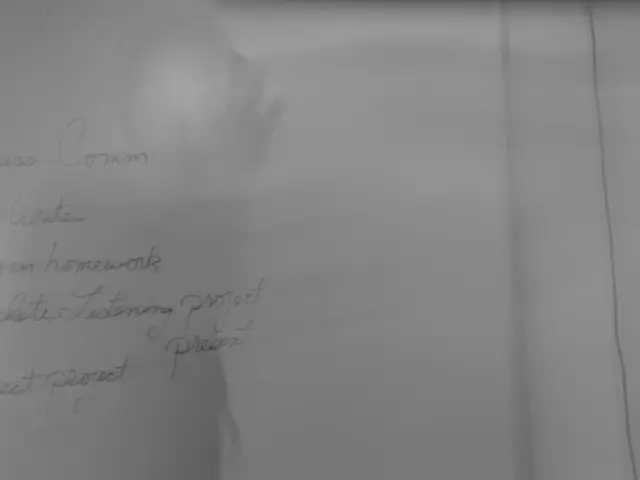Unmasking the Financial strain on Single Moms: A European Perspective
Shifting Demographics
Struggling sole mothers within the European Union
In contemporary Europe, the nuclear family household structure is no longer the norm. Single-person and single-parent households have surged, with Italy leading the way, accounting for approximately 10% of all households. This shift mirrors broader societal changes, such as delayed marriages and increased mobility [2].
The Female Domination
Across the EU, single-parent households are likely to be under the care of women. In 2023, 5.4% of women aged 25-54 living with children were single parents, contrasted with a mere 0.9% of men in a similar situation [1]. This pattern is consistent in Italy.
Economic Struggles
Unmarried mothers often find themselves in precarious economic situations. In 2024, Italy saw a 32.1% poverty or social exclusion risk among single-parent households, compared to 21.2% for cohabiting families [3]. The distress worsens when considering single moms with children under 16. In 2024, the risk stood at 39.1% for coupled families but jumped to 41.3% for single mothers - a stark 3.7% increase. Meanwhile, single fathers struggle less, with a risk of 27.6% [3].
The job market presents additional obstacles. In Italy, only half of single mothers aged 25-34 are employed, and they often face underpay [3]. One in four women in Italy (26.6%) are at risk of low-income work, compared to one in six men (16.8%) [3].
Italian Aid Efforts
Italy offers some relief to unstable families, with measures in place such as the maternity bonus, extended to self-employed workers. However, the necessary implementing decrees are yet to materialize. The maternity bonus includes a decontribution to families with three or more children, or those with two children if their annual taxable income is below 40,000 euros [3]. As of 2025, families with an ISEE value under 40,000 euros can receive a one-time contribution of 1,000 euros (Carta per i nuovi nati), and the nursery school bonus, based on ISEE, has been implemented since 2016. The "Dedicata a te" social card, worth 500 euros, and the 40-euro monthly shopping card for families with children under three in difficult situations also exist [3].
A Way Forward
To alleviate the economic hardships faced by single mothers and their children, policymakers should consider measures like childcare subsidies, flexible work arrangements, and specific poverty reduction programs. Additionally, empowering single mothers through education and job training can help improve their economic stability and reduce the need for government support. illustrates the significance of combining financial assistance, social care, and policy reforms to uplift single-mom households.
- In the realm of energy, developing sustainable solutions could possibly relieve some financial burdens for single mothers by reducing household expenses.
- Encouraging partnerships between health-and-wellness companies and women's health organizations could provide affordable access to resources for single mothers, promoting better health outcomes for both mothers and their children.
- Offering personal-finance education seminars tailored for single parents, within parenting support groups, could empower single mothers with the knowledge to make informed decisions about managing their finances and securing a stable future for their families.







